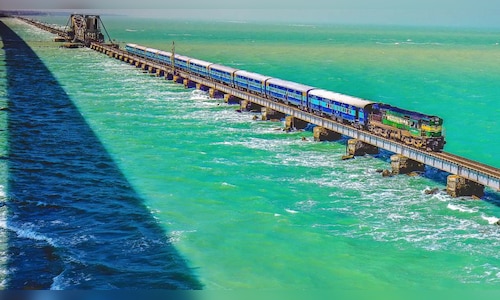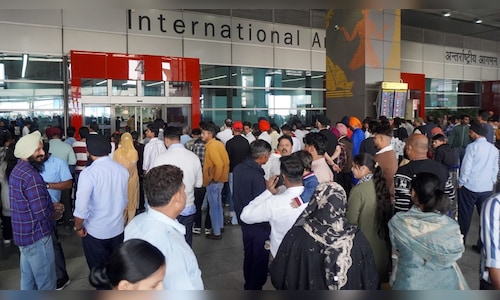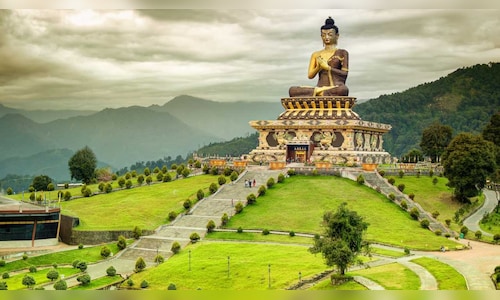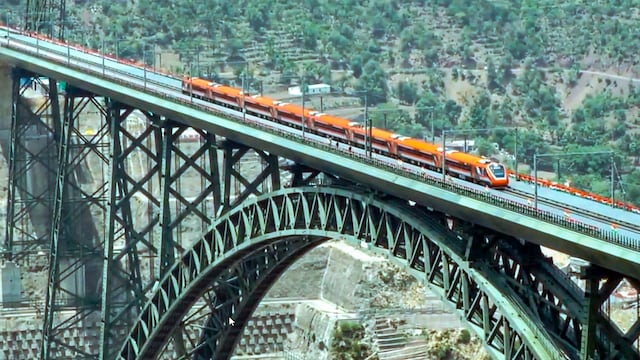
 1 / 11
1 / 11Train journeys offer a distinct and memorable experience. It is a celebration of the journey itself, offering travellers a chance to slow down and witness the world unfold outside their window. From the rhythmic clickety-clack of the tracks to panoramic views of stunning landscapes, train travel has a unique, almost magical charm in India. (Image: PTI)
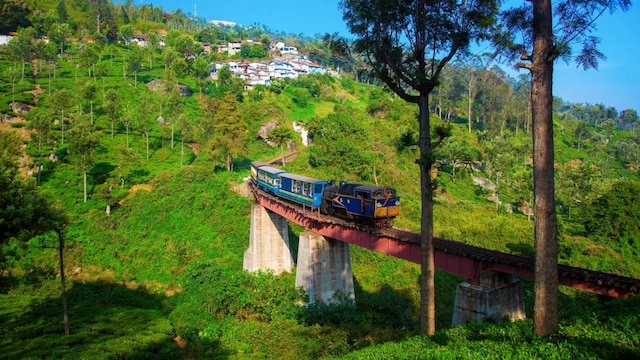
 2 / 11
2 / 11If you love travelling by train and grand adventures, here’s a look at some of the longest and most scenic train routes in India that promise an unforgettable experience.
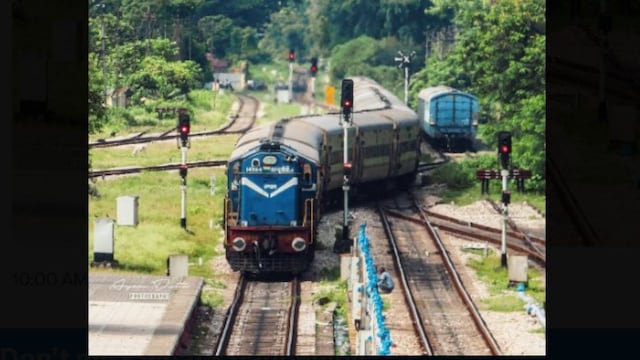
 3 / 11
3 / 11No. 1 Vivek Express (Dibrugarh – Kanyakumari) | The Dibrugarh–Kanyakumari Vivek Express is a Superfast Express train that covers the longest route in India, connecting Dibrugarh in Assam with Kanyakumari in Tamil Nadu. It takes approximately 79 hours to traverse the 4234 kilometres in total, and makes 57 stops across 8 Indian states. It connects the country’s southern mainland extreme to its northeastern tip. (Southern Railways/X)
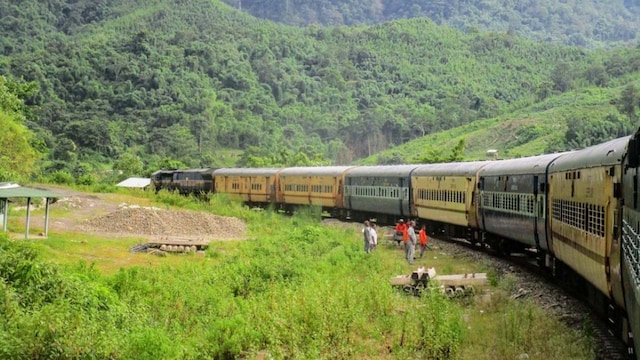
 4 / 11
4 / 11No 2. Aronai Superfast Express (Thiruvananthapuram Central – Silchar) | This superfast express train connects Silchar and Thiruvananthapuram Central. This train travels 3931 km in 74 hours on Tuesdays and travels through 57 stops. The Aronai Express has 23 coaches, including sleeper class, second seating, AC 2-tier, and AC 3-tier coaches.
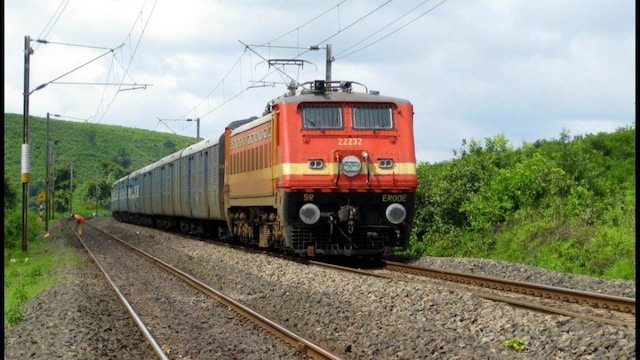
 5 / 11
5 / 11No 3. Himsagar Express (Kanyakumari – Shri Mata Vaishno Devi Katra) | This superfast train ranks third on India’s list of the longest rail routes. It is also a weekly train, which travels roughly 3,790-3,797 kilometres, taking more than 73 hours and 5 minutes to finish, from Kanyakumari in Tamil Nadu to Shri Mata Vaishno Devi Katra (SVDK) in Jammu and Kashmir. Along the way, it stops at 71 stations in 12 states. (Image: IndiaRailInfo)
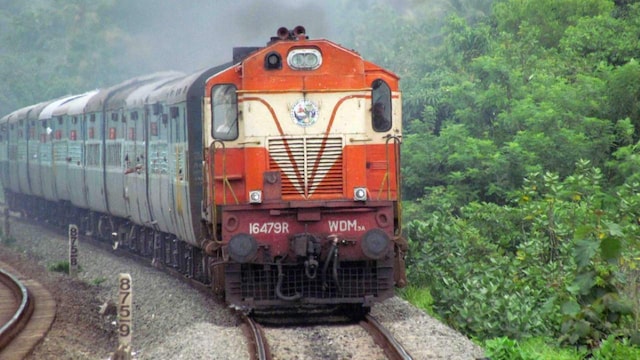
 6 / 11
6 / 11No 4. Navyug Express (Jammu Tawi – Mangalore Central) | The Navyug Express is another weekly train that connects Shri Mata Vaishno Devi Katra and Mangalore Central. This train is known for having travelled the fifth-longest trip in the nation. The Navyug Express takes about 68 hours to cover the 3685 kilometres of the trip, and passes through Karnataka, Pondicherry, Andhra Pradesh, Maharashtra, Haryana, Punjab, and Jammu and Kashmir, among others. (Image: IndiaRailInfo)
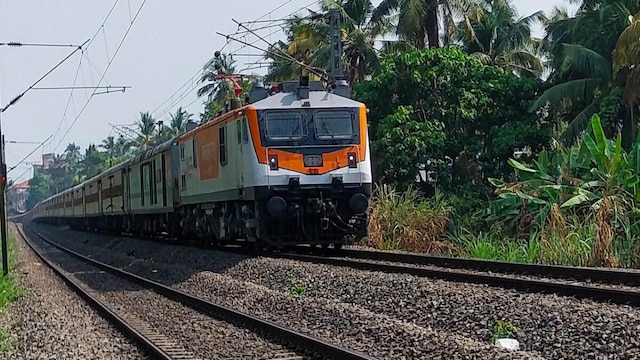
 7 / 11
7 / 11No 5. Kochuveli-Amritsar Weekly Express (Thiruvananthapuram – Punjab) | The Kochuveli-Amritsar Superfast Express connects Amritsar, Punjab, and Kochuveli (Thiruvananthapuram), Kerala. This superfast train travels once a week, and takes 58 hours to travel 3597 kilometres. It follows the Konkan Railway and passes through important locations including Vasai Road, Surat, Vadodara, Ratlam, Kota, New Delhi, Ambala Cantt, and Ludhiana. (Image: IndiaRailInfo)
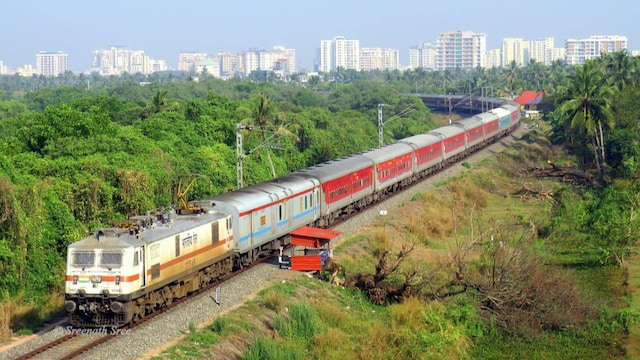
 8 / 11
8 / 11No 6. Dehradun Kochuveli Superfast Express | The Dehradun Kochuveli Superfast Express train travels approximately 3,459 kilometres and halts at 25 stations. It serves nine states: Uttarakhand, Uttar Pradesh, Maharashtra, Delhi, Rajasthan, Kerala, Goa, Karnataka, and Gujarat. It travels from Dehradun (DDN) to Kochuveli (KCVL) via Kottayam every Friday with a total duration of around 61 hours and 15 minutes. (Image: IndiaRailInfo)
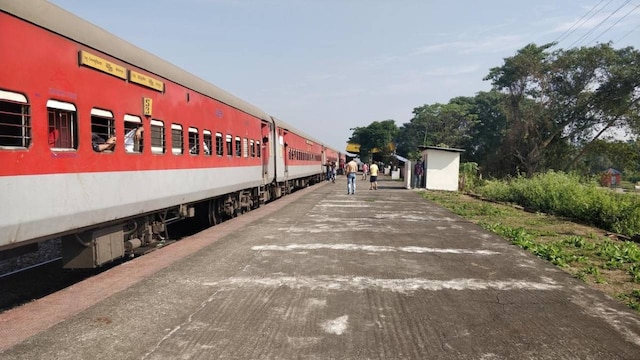
 9 / 11
9 / 11No 7. New Tinsukia – Bengaluru Express (Bangalore City – New Tinsukia) | The New Tinsukia-Bengaluru Weekly Express is a weekly train that runs between Tinsukia, Assam, and Bengaluru, Karnataka. This train began running in 2010, travels around 3542 to 3611 kilometres in 63–65 hours, leaving New Tinsukia Junction (NTSK) on Fridays and arriving in SMVT Bengaluru (SMVB) on Mondays. (Image: IndiaRailInfo)
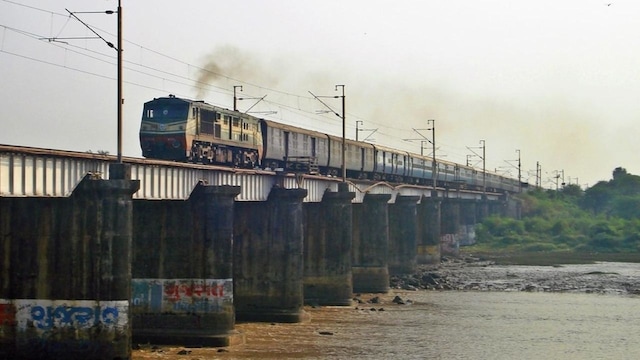
 10 / 11
10 / 11No 8. Kerala Sampark Kranti Express (Thiruvananthapuram – Punjab) | The Kerala Sampark Kranti Express train connects Punjab and Thiruvananthapuram. This is a Superfast Express train that runs 3398 km between Chandigarh (CDG) and Thiruvananthapuram North (Kochuveli, TVCN). It takes about 54 hours and 25 minutes to complete the trip. It stops at 22 stations along the way and travels across 9 states. (IRFCA.org)

 11 / 11
11 / 11From bright eastern plains and rich northeastern sceneries to southern coasts, central plateaus, and the majestic Himalayas, each route crosses several states. Many of these routes are designed to connect remote regions of India, fostering integration and unity. (Image: Shutterstock)


